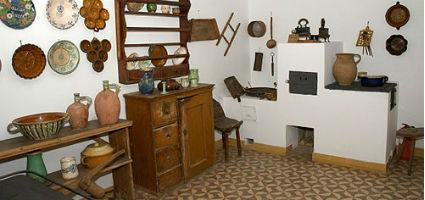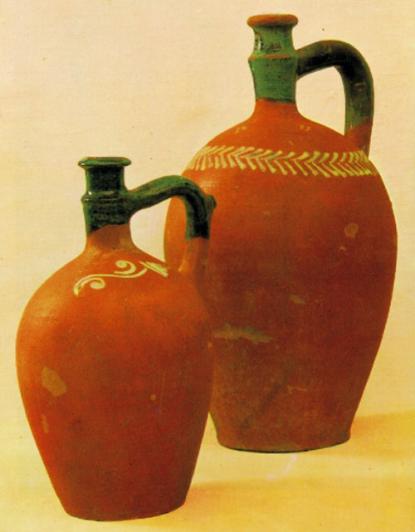2024. November 23. Saturday
Vértes Museum - Csákvár
 |
Address: 8083, Csákvár Szabadság tér 1.
Phone number: (22) 315-583
Opening hours: 15.04-15.10.: Mon-Fri on prior notice, Sat-Sun 10-18
|
Museum tickets, service costs:
|
Ticket for adults
|
500 HUF
|
|
|
Ticket for students
|
250 HUF
|
|
|
Ticket for pensioners
(Hungarian)
|
250 HUF
|
|
|
Group guide for adults
(up to 25 people)
|
5500 HUF
|
|
|
Group guide for adults
(from over 26 people)
|
6500 HUF
|
|
|
Group guide for students
(up to 25 people)
|
2500 HUF
|
|
|
Group guide for students
(from over 26 people)
|
3200 HUF
|
|
|
Group guide for pensioners
(up to 25 people)
|
2500 HUF
|
|
|
Group guide for pensioners
(from over 26 people)
|
3200 HUF
|
|
|
Group guide
(up to 25 people)
|
7500 HUF
|
|
|
Group guide
(from over 26 people)
|
8500 HUF
|
He Esterházy family rose from obscurity to be one of the richest landholders in the 17th century. The center of their lordship was Csákvár even at that time.

In the ethnographic division the memories of the potter's craft of Csákvár are displayed. The village used to be the biggest center of the craft in its heydays. In 1833 there were 193; in 1900 131 master craftsmen were turning the potter's disk. The tools, works, and guild memories of four other crafts connected to the potters are shown at the exhibition. The cooking pot made of fire proof glaze, which was ornamented with vertical stripes, was used at the area between the Danube and Tisza, and the Eastern part of the Transdanubian area.
The vernacular furniture, painted chests, tables, benches, and kitchen equipments are also present at the showing.
In the garden of the museum there are three beehives of the so called Mayer-Hives. This type of hive was created by Károly Mayer (1837-1925), the dean of Csákvár. From the old cemetery of Csákvár red marble and freestone tombstones are displayed.

In the ethnographic division the memories of the potter's craft of Csákvár are displayed. The village used to be the biggest center of the craft in its heydays. In 1833 there were 193; in 1900 131 master craftsmen were turning the potter's disk. The tools, works, and guild memories of four other crafts connected to the potters are shown at the exhibition. The cooking pot made of fire proof glaze, which was ornamented with vertical stripes, was used at the area between the Danube and Tisza, and the Eastern part of the Transdanubian area.
The vernacular furniture, painted chests, tables, benches, and kitchen equipments are also present at the showing.
In the garden of the museum there are three beehives of the so called Mayer-Hives. This type of hive was created by Károly Mayer (1837-1925), the dean of Csákvár. From the old cemetery of Csákvár red marble and freestone tombstones are displayed.
